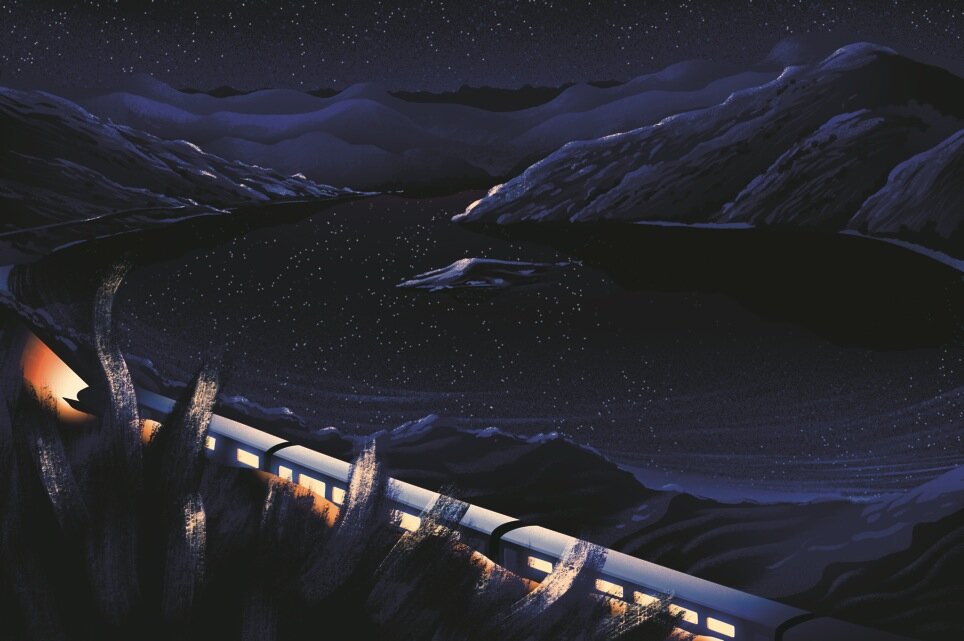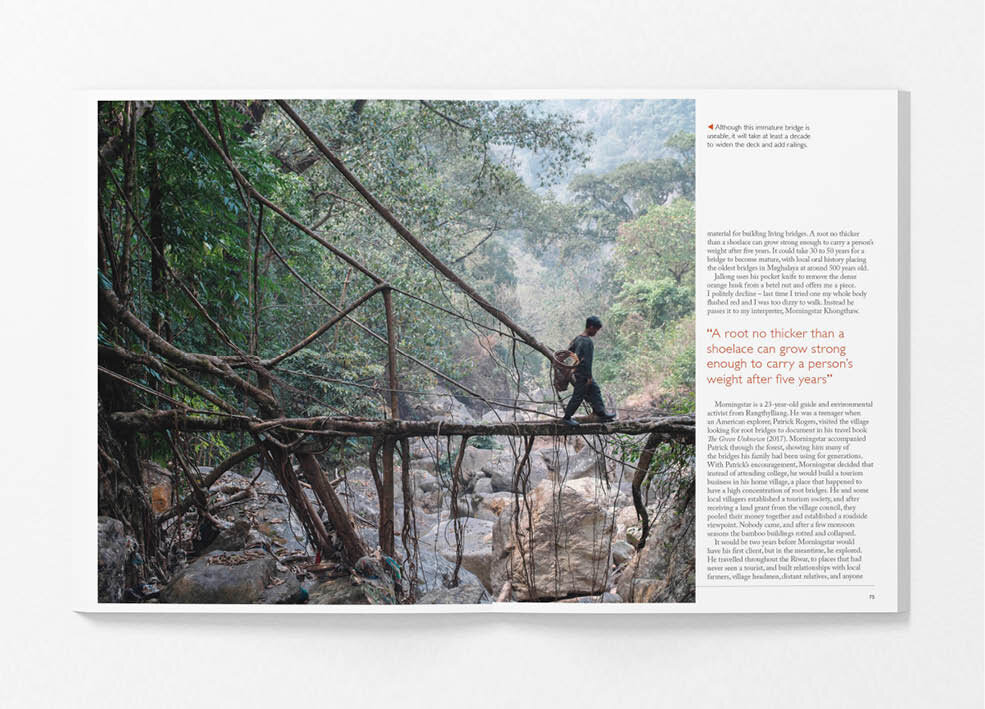For our latest issue, Kate Tighe spoke to leading gastrophysicist Professor Charles Spence about the quirks of this new field of food-related psychological interest. On reading this interview, we had only one artist in mind to illustrate the feature…
Illustrated by Adam Howling for issue 10 of Ernest Journal
Adam, you created this wonderful illustration for our gastrophysics feature in issue 10. Take us through your process.
The concept was to create a science lab crossed with an American diner, which I thought would be fun to illustrate with a retro vibe. After looking at reference materials of vintage illustrations of diners and science experiments, I started sketching out the scene to include references to the quirky food-related experiments discussed in the article. Then came a more detailed refining of the characters (something I find the most enjoyable part of the process) - this is when the illustration starts to come to life.
I draw digitally and attempt to strip the image down to essentials, using bold shapes with a limited colour palette. I then digitally add scanned textures to the illustration to give more of a ‘printers ink’ feel. I also like to give my images a screen printed feel, where each colour is printed separately, which can create interesting effects where two colours may bleed into each other from mis-registration of the the different printing plates.
How would you describe yourself as an artist?
As a commercial artist, I would describe myself as a problem solver. I enjoy the challenge that comes with distilling a concept or piece of copy into an engaging image. In my newspaper and magazine work, the communication aspect of illustration is very important to me, either by using visual metaphors or introducing a sense of humour, to add light to the accompanying text.
Are there any other exciting projects you're working on?
Soon I'll be hopefully working on a non-fiction children’s book on the subject of electricity, which is quite exciting! In the meantime I'm doing some work for various magazines - recently I had the pleasure to work on illustrations for The Radio Times, which has long been on my ‘illustration bucket list’.
Where do you turn for inspiration?
I am very much inspired by graphic design and printing techniques on ephemera from the mid-century modern period. I love simple and effective designs combined with inventive use of a limited, relatively crude printing technology. Polish match box labels from the 1950s/60s are an excellent example of this – they feature bold and concise illustrations on a range of subjects, from environmental health warnings to tourism adverts, all in the confines of a 4.5 x 3.5 cm rectangle.
What have you taken away from this past year?
As a veteran home worker, I initially believed lockdown wouldn't have a great effect on me. However, as the months of the pandemic have rolled on, I've noticed just how much of the outside world and human interactions I'd taken for granted, and that 24-hour rolling news can have a negative impact on one's mental health. I also feel very fortunate to still be working on illustrations, when many creative industries have been forced to close.
Adam’s shelf of inspiration
Tell us about your work space – how does it reflect you?
My studio is the rather cluttered spare room in my house. The main tool in the studio is my computer, although the paints and inks do make an appearance when creating textures for an illustration. Like many illustrators, I feel the need to collect things and surround my self with interesting objects and images. Above my computer screen I have a little 'shelf of inspiration' (above), which currently features chocolate packaging and toys from the 1950s, along with record covers illustrated by Jim Flora and David Stone Martin.
What's on your bedside table?
A vintage Huangslite Toucan lamp (in green and yellow). A rather unhealthy looking succulent. What The Hell Are You Doing: The Essential David Shrigley (2012).
























